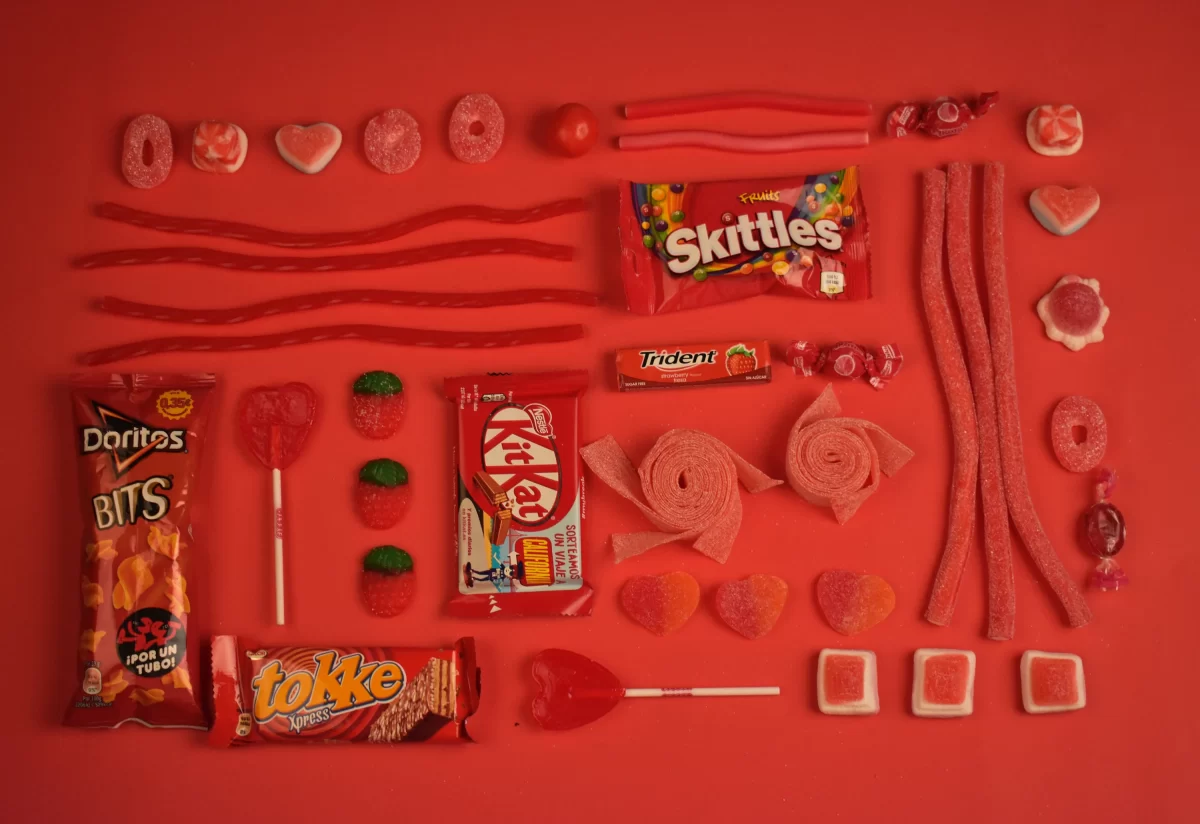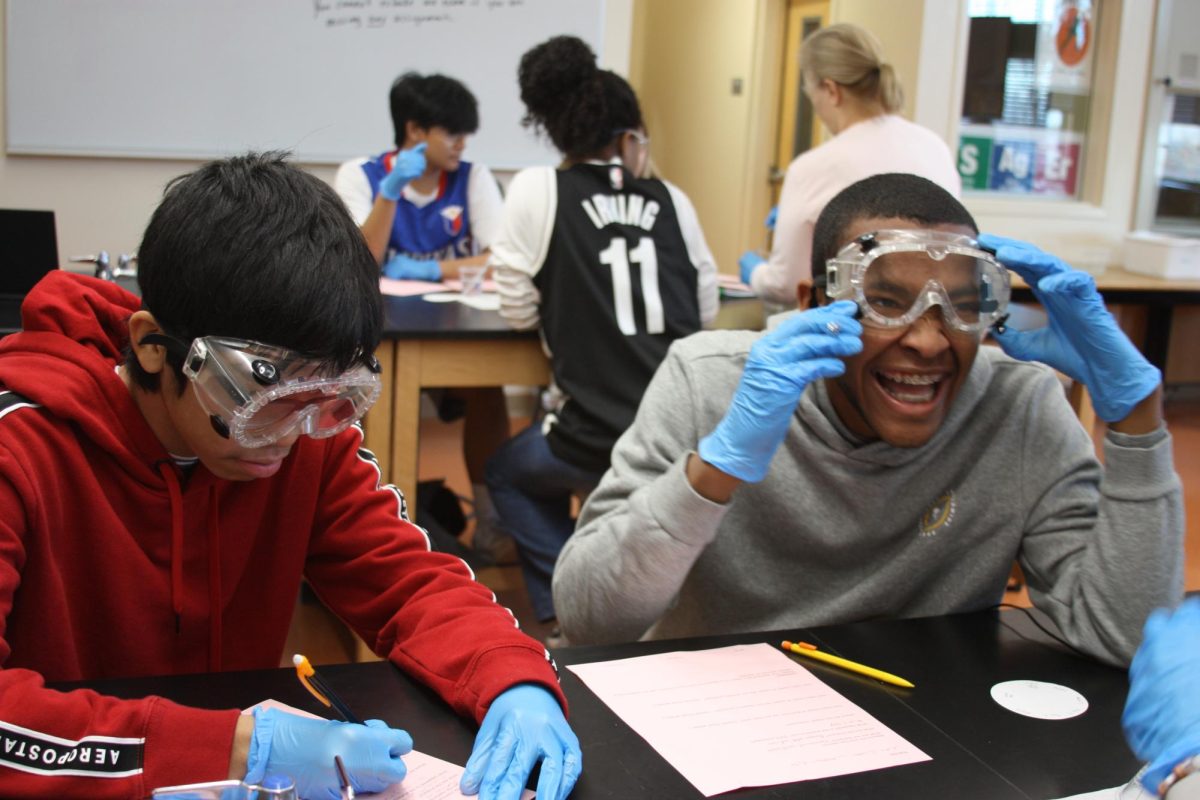From breakfast cereals and sodas to inedible products like lipstick and toothpaste, Red No. 40, a tasteless synthetic dye made from petroleum compounds, has been sneaking its way into the products we consume every day. Although the Food and Drug Administration approves the dye for public consumer use, some believe that it could have adverse effects such as migraines, nausea, skin irritation, and even an increased likelihood of developing disorders like ADHD or even cancer.
One study from the National Library of Medicine showed that children with ADHD who went on a restrictive diet that cut artificial food dyes had reduced symptoms. Red No. 40 also contains trace amounts of benzene, a chemical that was found to aid the growth of tumors inside some animals. Despite these findings, there is still too little research to classify the dye as a carcinogen or to directly link it to the symptoms of ADHD.
Although experiencing symptoms from Red No. 40 outside of an allergic reaction is rare, individuals like junior Imani Verrett believe that they have experienced negative side effects directly after consuming products with the additive.
“I wasn’t allowed to have it before school as a kid,” Verrett said. “It messes with my focus terribly and puts me in a frenzy, so I try to eat more organic foods and avoid chemicals like Red 40.”
Among many other synthetic colorings, Red No. 40 is banned in various European countries like Austria and the UK. Additionally, every country in the European Union is required to have a warning label that declares if a product contains artificial coloring. To stay in compliance with the regulations in these countries, many large corporations like PepsiCo and General Mills sell products with natural dyes or no dyes at all in these countries.
The Center For Science in the Public Interest is a consumer advocacy organization that has been spearheading the movement to ban Red No. 40 in the US or at the bare minimum get the FDA to acknowledge the side effects of the dye and require warning labels. In 2016, the CSPI submitted its own report on the research they’ve conducted on the adverse effects of synthetic dyes, but the FDA has yet to acknowledge the report.
“Those European countries like the UK and Switzerland are very smart for banning it,” Verrett said. “Red 40 is not as widely known as it should be here, so if the US put an effort into spreading the word, people could be more informed about its effects.”
The FDA on the other hand found that Red No. 40 and every other approved dye is virtually harmless, stating that “most children have no adverse effects when consuming foods containing color additives.” This is all very likely as under the Federal Food, Drug and Cosmetic Act, every new additive must be tested extensively and approved before being allowed in products.
This extensive testing includes logging the long and short-term effects of consumption, looking at the chemical composition of the dye, observing the process in which it’s manufactured, and determining how much of it is present in the food it’s in.
Banning the dye outright would also be a challenge as nearly every mass-produced product with a red hue would have to switch over to a new dye. This would also open the door for the termination of other “controversial” dyes such as Yellow No. 5 or Blue No. 2.
“I think more studies need to be conducted before they decide on banning any product,” Culinary teacher Chef Bakke said. “I have not personally noticed any changes when I consume products containing red dye 40, nor anyone I know, but perhaps a warning label on products containing it wouldn’t hurt.”
To the average consumer, food additives like Red No. 40 and other colorings don’t seem like such a big deal because of how common of an ingredient they are. A 2018 survey conducted by the Pew Research Center found that 48 percent of US adults are aware of potential health risks from food additives, but they believe that because it’s in such small amounts, it poses no threat.
Further into the survey, it states that only 15 percent of men and 26 percent of women believe artificial coloring can pose a serious health risk while 79 percent of adults believe they pose little to no health risks. The lack of widespread knowledge of these synthetic additives likely plays a role in why they are not perceived as a serious health concern.
“I’ve never heard of Red Dye 40,” junior Maximillan Aller said. “I’ve eaten a bunch of food with additives. I remember one time reading the ingredients of this one food and there were a bunch of artificial colorings. Health-wise though, I’ve felt fine.”
The research claiming that Red No. 40 causes cancer or ADHD is not peer-reviewed and is based on loose connections. On the other hand, the FDA, which uses an extensive testing process before allowing any new artificial ingredients to be consumed by the public, approved the additive.
There may be some adverse effects of consuming synthetic dyes over time, but unless new substantial research into the subject is released that proves its harmful effects, dyes like Red No. 40 will remain as FDA-approved additives.
“I think it’s fine,” Aller said. “If it’s found to cause cancer then yeah I’ll stop eating it, but I haven’t felt like dying after eating any artificial food dyes. If it only affects me in say 80 years, then I don’t really care, I’ll just keep eating it.”












